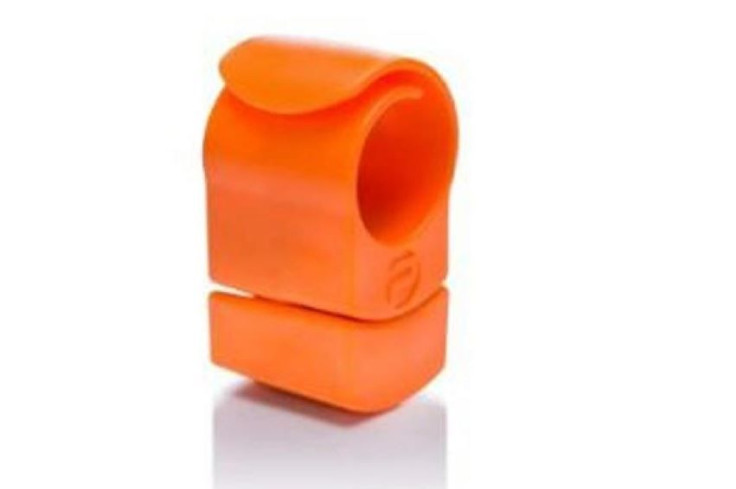Kegel Exercises For Men Could Be Enhanced By This Fitness Program, Including A 'Penis Barbell'

When it comes to women, much is rightfully made of any dysfunction in the pelvic floor, as childbirth is often the cause. Unfortunately for men, little attention is paid to this important region of the body, which includes the muscles, tissues, and nerves that support the bladder, rectum, and other pelvic organs. Yet, the very same kegel exercises that offer so many benefits to women may also do wonders for men. To help men perform and perfect their kegels, Dr. Andrew L. Siegel helped to create the Private Gym for Men, a new fitness program that includes a weighted penis ring made of silicone. Essentially, it’s a barbell for the penis.
Many aging men experience slowed urination as their prostate gland enlarges over time. The Massachusetts Male Aging Study demonstrated that erectile dysfunction is present in about 40 percent of men by the age of 40, with nearly a 10 percent increase in prevalence occurring every subsequent decade. In studies of men who underwent prostate surgery, pelvic floor muscle training has been proven to help reverse urination problems and erectile dysfunction. The underlying logic of the Private Gym for Men program is that similar training, before any symptoms occur, would benefit all men.
The follow-along exercise program helps men strengthen the perineal muscles that support urinary and sexual health. The fitness routines and equipment target pelvic floor muscles, which adapt and respond, as any muscle would, to stress and resistance. Since muscles increase in strength in proportion to the demands placed upon them, the Private Gym program applies focused exercise to enhance pelvic floor muscle strength, tone, durability, and responsiveness. According to its creators, the program results in stronger pelvic floor muscles, which in turn improve urinary health, with positive effects on incontinence, overactive bladder, and post-void dribbling. The program also results in more rigid and durable erections.
“We engage in exercise programs for virtually every other muscle group in the body,” Siegel writes in a blog entry. “Working out our [pelvic floor muscles] can result in a strong, robust and toned pelvic floor, capable of supporting and sustaining sexual function to the maximum.” And so he advocates the time-honored kegel exercises first discoverd in 1948.
In that year, Dr. Arnold Kegel, an American gynecologist, published an article in which he identified the exercises to strengthen the muscles of the pelvic floor. He explained that by exercising the pubococcygeus muscles, women might reduce the likelihood of experiencing incontinence after birth. In his honor, this practical and non-surgical method of toning the pelvic floor has been given his name.
Published by Medicaldaily.com



























